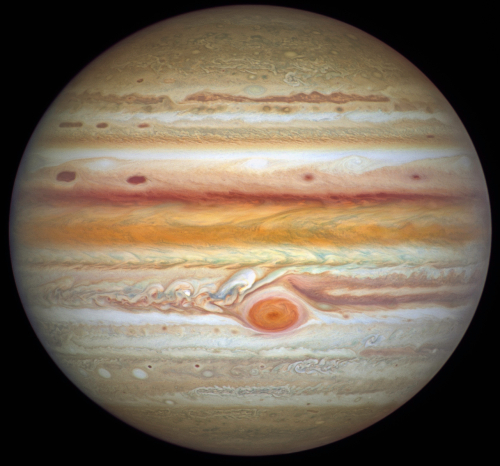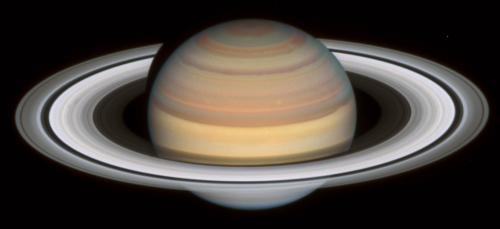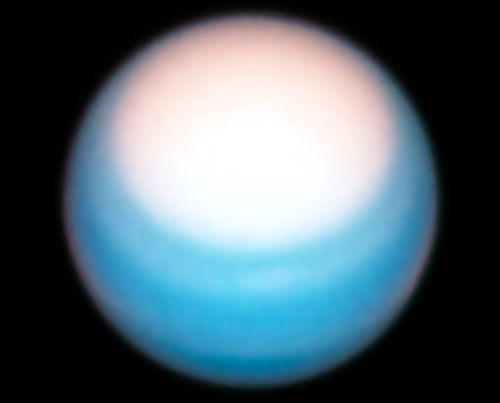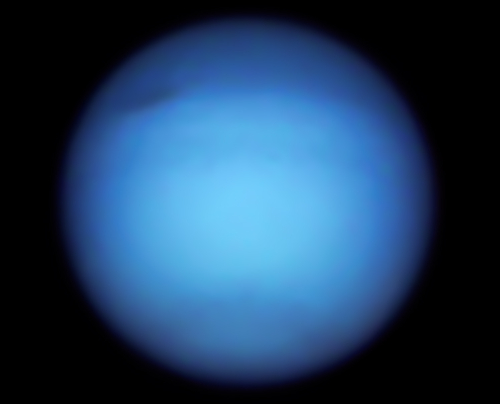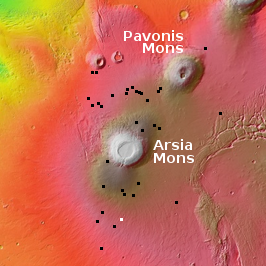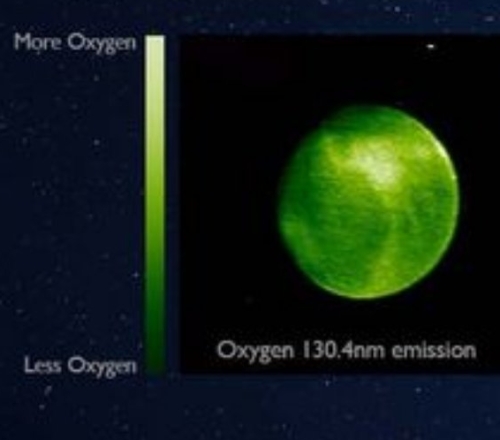Nanoracks signs deal to be first customer for Canadian spaceport
Capitalism in space: Nanoracks announced yesterday that it has signed a deal with Maritime Launch Services, the Canadian company managing a proposed spaceport in Nova Scotia as well as the launch services of a Ukrainian-built rocket, the Cyclone-4M.
The company and spaceport are targeting 2023 for launch.
Spaceport Nova Scotia is being operated a little differently than most of the new commercial spaceports. Instead of offering its facilities to all rocket companies, its manager, Maritime, has partnered with the two Ukrainian companies, Yuzhnoye and Yuzhmash, that build the Cyclone-4M. They then offer the spaceport and rocket, as a unit, directly to satellite companies like Nanoracks.
Capitalism in space: Nanoracks announced yesterday that it has signed a deal with Maritime Launch Services, the Canadian company managing a proposed spaceport in Nova Scotia as well as the launch services of a Ukrainian-built rocket, the Cyclone-4M.
The company and spaceport are targeting 2023 for launch.
Spaceport Nova Scotia is being operated a little differently than most of the new commercial spaceports. Instead of offering its facilities to all rocket companies, its manager, Maritime, has partnered with the two Ukrainian companies, Yuzhnoye and Yuzhmash, that build the Cyclone-4M. They then offer the spaceport and rocket, as a unit, directly to satellite companies like Nanoracks.






